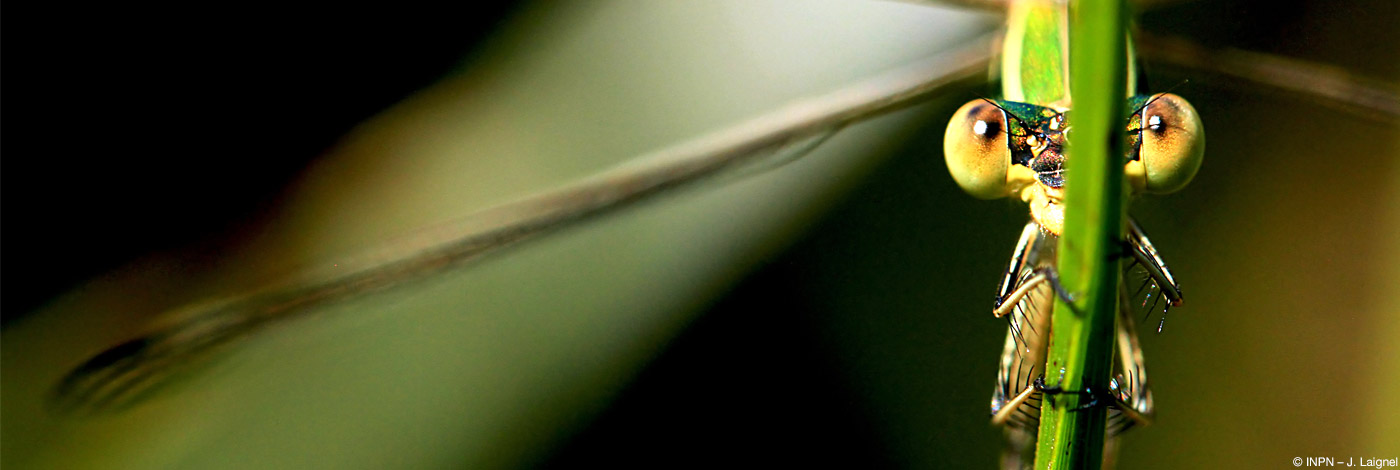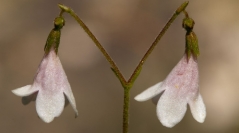

 Naturae
2019 (3) - Pages 81-105
Naturae
2019 (3) - Pages 81-105Twinflower (Linnaea borealis L.) has a mostly circumboreal distribution and also occurs in a disjunct area, in the European Alps. In France, this species is currently only reported in the Vanoise National Park, with five locations (and about 10 sub-locations). The sites of occurrence are between 1270 and 2150 m high, in acidiphilic Picea, Picea abies (L.) H. Karst., (the Champagny-en-Vanoise and Pralognan-la-Vanoise sites), Pinus cembra L. (Tuéda location), Larix, Larix decidua Mill. (Tignes location) or Rhododendron, Rhododendron ferrugineum L. (plan de Leschaux and Tuéda locations) forests or shrubs. In most locations, twinflower grows on north-facing slopes, on rocky screes or outcrops. The species flowers abundantly in July and August, but timing of seed production seems to vary a lot depending on climatic conditions. Genetic variation appears relatively high in the sites of the Vanoise National Park. It allows sexual reproduction despite self-incompatibility, in addition to extensive vegetative reproduction. Except maybe the Isertan forest location in Pralognan-la-Vanoise, current populations do not show signs of demographic regression. Although the species has been evaluated, in other territories, as sensitive to global warming, the altitudinal gradient of its distribution and the diversity of its habitats in the Vanoise National Park could enable the species to persist in the area during the next decades. The lowest location, at the ‘Bois de la Cave’ in Champagny-en-Vanoise, is also west-facing and should therefore be considered as the most threatened one by climate change.
Protected species, disjunct area, European Alps, climate change.